Honduran White Bat Facts
- First of all, the term of Honduran White Bat serves as one of the common names of a highly unique species of bat. The other, somewhat longer, accepted common name for this astonishing species is the Caribbean white tent-making bat.
- However, Ectophylla alba serves as the shorter, more pronounceable scientific name for the species. But, regardless of which name one uses to refer to the fabulous animal, this remains one of the most highly distinctive varieties of bat.
- Furthermore, this particular natural distinctiveness occurs due to its unusual coloring. Despite centuries of exploration, few such creatures are known to exist. In point of fact, experts currently know of only six varieties of white bat in existence.
- More than 1,300 species of bat exist throughout the world. Therefore, less than 0.5% of related creatures display this color pattern. In addition, it also stands out for yet another reason. It’s among the few types that modifies its environment for its use.
- In addition, a sad fact about the known population of the magnificent Honduran White Bat exists. Most unfortunately, this now appears to be diminishing rapidly. As a result, the IUCN now lists the fascinating animal as Near-Threatened.
- Further, this very lamentable status appears on the organization’s Red List of Threatened Species. It appears there due to its current situation. Quite sadly, the highly remarkable small mammal currently faces several threats to its continued existence.
- Finally, one of these pressing dangers continues to be the numerous human incursions into its natural habitat. However, the greatest threat to the continued existence of this remarkable species comes from ongoing climate change.
Related Articles


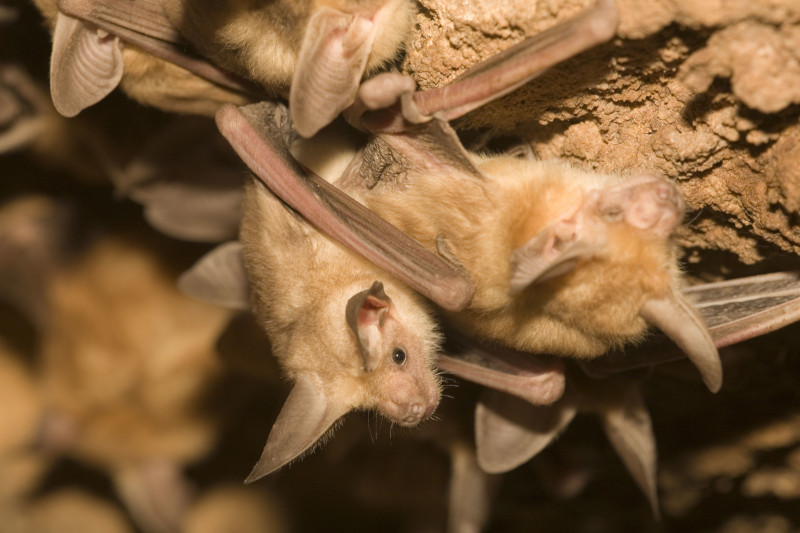
Honduran White Bat Physical Description
The Honduran White Bat easily qualifies as remarkable. But it does not earn that adjective due to its size. It actually ranks as a small bat. In fact, mature adults attain an average body length of around 2 in (5 cm). Its weight typically averages only about 0.2 oz (6 grams).
But, its other physical traits merit attention. While its fur develops as short, it’s also typically a bright white in color. Various shades of light gray do occasionally manifest themselves. Also, the nose is relatively over-sized, and the ears and nose show a bright amber in color.
The Honduran White Bat also displays another appealing color pattern. Portions of the legs appear amber in color. Males and females also remain of roughly equal size, with no apparent sexual dimorphism. Finally, in stark contrast to its fur, the wings are completely black in color.
- Kingdom: Animalia
- Phylum: Chordata
- Class: Mammalia
- Order: Chiroptera
- Family: Phyllostomidae
- Genus: Ectophylla
- Species: E. alba
Honduran White Bat Distribution, Habitat, and Ecology
Most notably, the magnificent Honduran White Bat only inhabits a highly limited range of the world. Parts of this area also qualify as difficult to access. In point of fact, the animal appears endemically only in quite specific sections of the lowland rainforest.
This unique animal evolved as endemic to what now constitutes the four distinct countries of Costa Rica, Nicaragua, Honduras, and parts of Panama. The sole apparent reason for the specific nature of its habitat is the presence of the Heliconia plant.
Indeed, the surprisingly impressive species evolved a truly remarkable association with this one variety of flora. This relationship remains so strong that, within its natural environment, this typically constitutes the only location individuals will choose for shelter.
The reason remains understandable, though. This statement holds true since the large leaves of the plant form a perfect shelter for the Honduran White Bat. Furthermore, individuals will also cut along the veins of the leaves, forcing them to collapse inward.
This forms a V-shaped structure that the bats find convenient to use to roost. A single leaf may be home to 1-12 bats. This affords the mammal protection from both the heat of the sun and potential predators. Finally, this species also feeds as frugivorous in nature.
Species Sharing Its Range

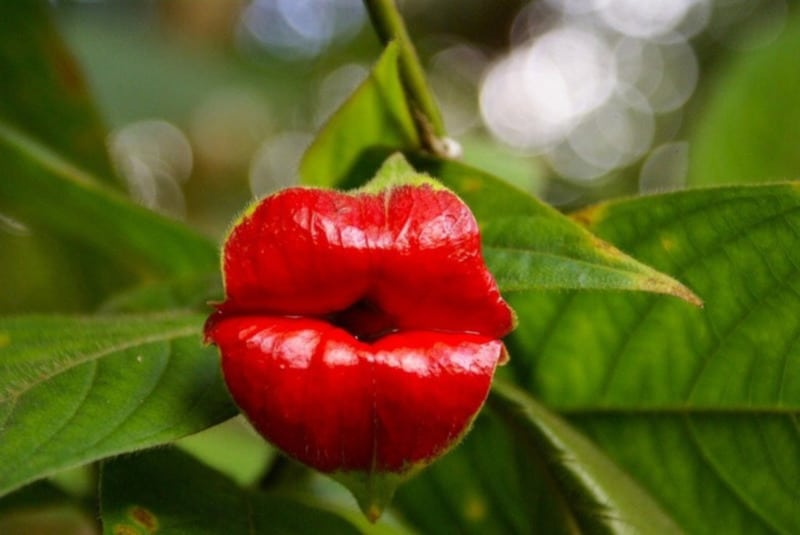
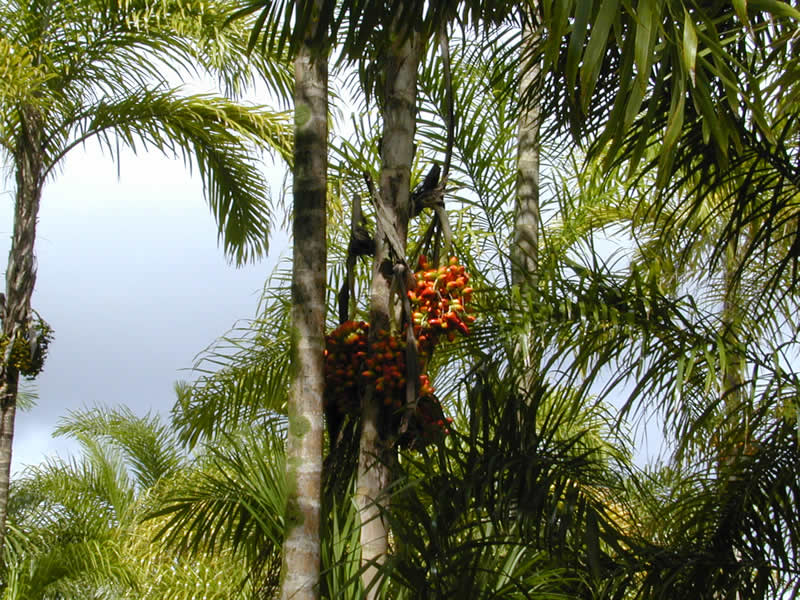
Check out our other articles on 5 Fabulous Deer Varieties, Emperor of India Butterfly, Harlequin Flower, Vietnamese Mossy Frog, Bee Hummingbird, Blood Falls, Blue-lipped sea krait
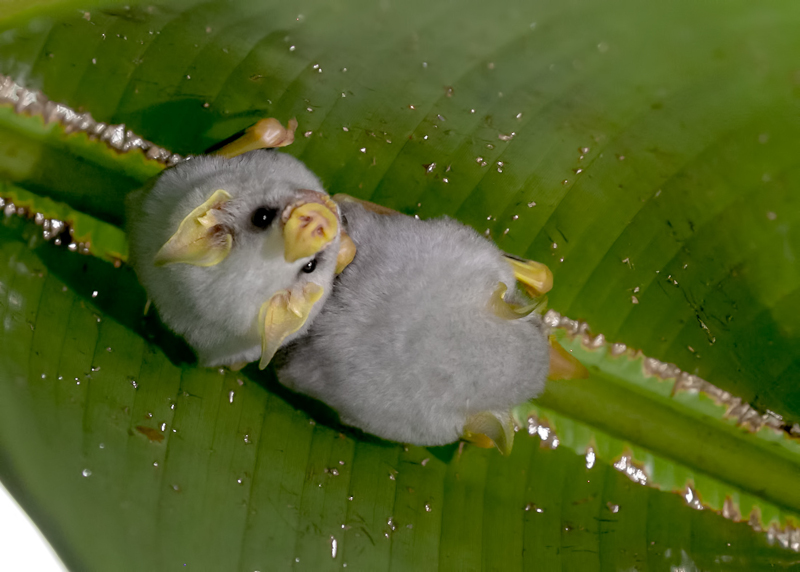
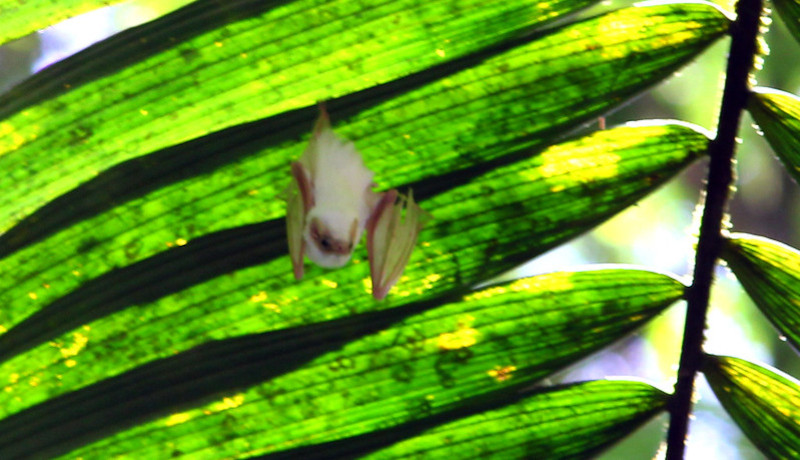
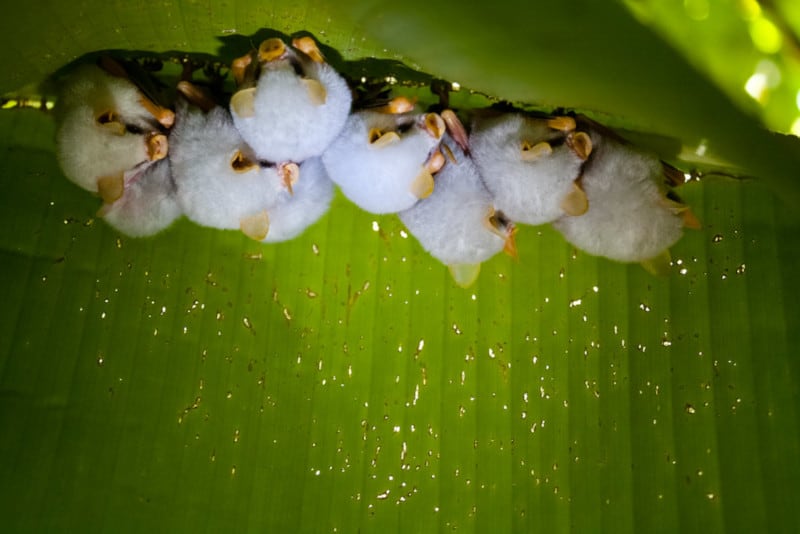









Leave a Reply